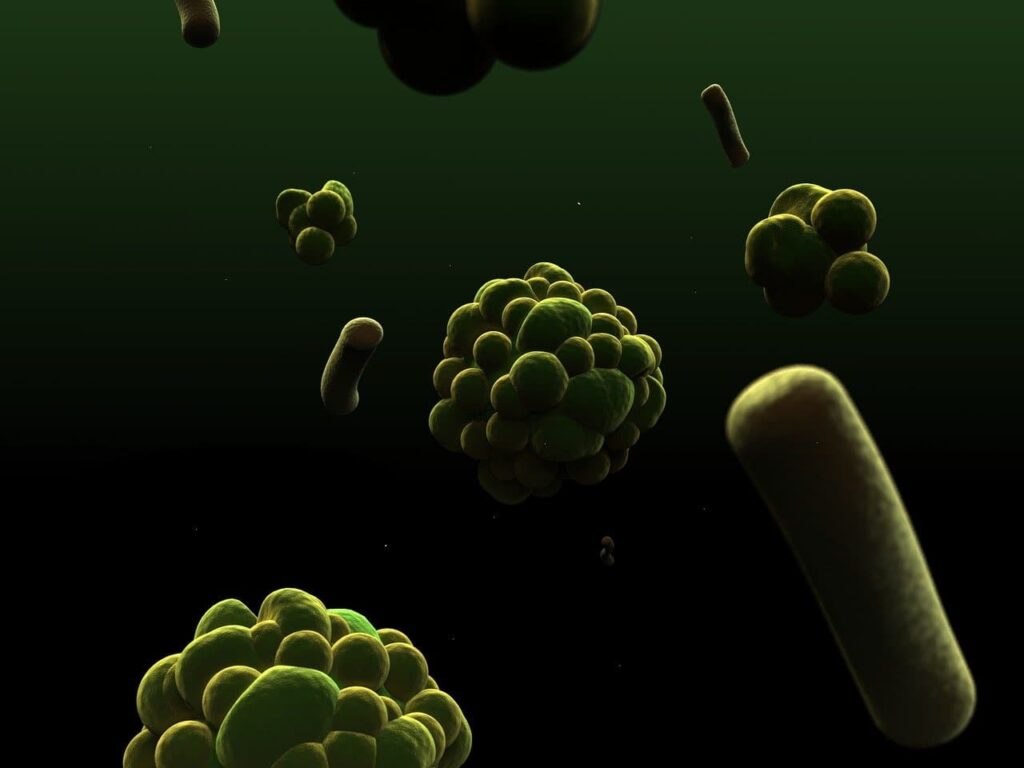
The protozoa or protozoa are microscopic, unicellular organisms of identical composition to each other. They inhabit humid places or aquatic places. For example: euglena, colpoda, loxodes, amoeba.
From the etymological point of view the word protozoon It is made up of two words: “proto” which means first and “zoo” which means animal.
This type of microorganism can be visualized under a microscope. They can grow up to a millimeter. Currently they have been found close to 50,000 species of protozoa. They have as function control bacterial cells.
Their way of breathing is presented through a cell membrane and they use water particles to do so (since they live in environments where humidity is constant). They feed on algae, fungi or bacteria.
Usually this type of cells occurs in the form of parasites in animals and plants.
They reproduce in two ways:
- Asexual reproduction (by bi-partition)
- Sexual reproduction which in turn can be distinguished by:
- Conjugation. Reproduction occurs through the exchange of different genetic material between one cell and another.
- Isogametes. This type of reproduction occurs when a cell copulates with another that contains the same genetic material as the first.
Examples of protozoa (parasites)
In order to give examples of protozoa it is necessary to make a distinction between 4 different types of protozoa.
Flagellated protozoa
It is elongated in shape and has a kind of tail that bears the name of flagella although their mobility is usually very reduced. It can be present in vertebrates and invertebrates. In the case of human beings, it is the cause of Chagas disease. Some examples:
- Trypanosoma Cruzi.
- Euglena.
- Trichomonas
- Schizotrypanum
- Giardia
- Volvox
- Noctiluca
- Trachelomonas
- Pediastrum
- Naegleria
Ciliated protozoa
They live in stagnant fresh waters: lagoons or pools of water where there is a great variety of organic matter. Some examples:
- The Paramecium. They move through short structures like small hairs.
- Balantidium
- Colpoda
- Paramecium
- Colpidium
- Didinium
- Dileptus
- Lacrymaria
- Blepharocorys
- Entodinium
- Coleps
Sporozoan protozoa
They live inside the cells of living beings (that is, they are their hosts). Examples of this type of protozoa:
- The Plomarium Malarie, which is transmitted by the bite of a mosquito.
- Loxodes
- Plasmodium vivax
- Plasmodium falciparum
- Plasmodium ovale
- Eimeria (characteristic of rabbits)
- Hemosporidia (which live in red blood cells)
- Coccidia that frequent the intestines of animals.
- Toxoplasma Gondii, which is transmitted by red meat in poor condition or undercooked.
- Ascetosporea characterized by inhabiting marine invertebrates.
Rhizopod protozoa
They move with cytoplasmic movements. They have a kind of false feet. Some examples:
- Amoeba
- Entamoeba coli
- Iodamoeba buetschlii
- Endolimax nana
